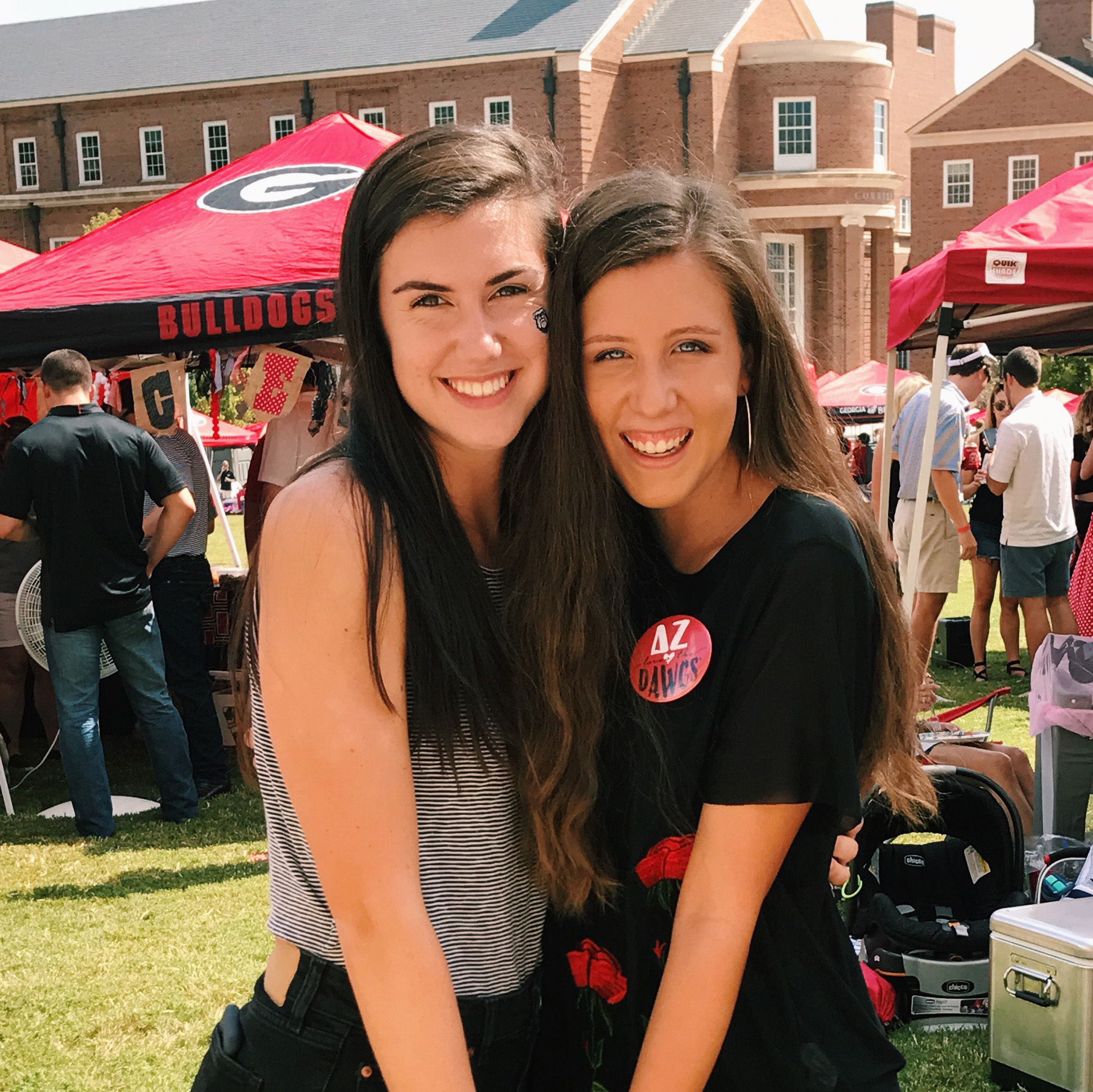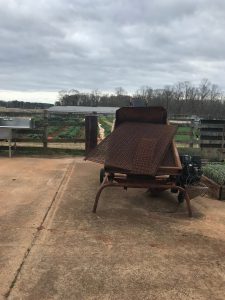The infographic is intellectually stimulating in that along the top border, the piece describes the benefits that stem from composting, composing a compelling a composing argument that leaves almost no room for the viewer to disagree. In doing so, it convinces the audience that each and every person can contribute to the environment through the composting process. By using a simple step-by-step format with clear instructions, paired with modern and minimalistic designs, PBS Nature has creatively displayed the ease with which one can compost. The organic color scheme draws the viewer in without distracting from the vital information the infographic seeks to communicate. As far as a gut response, the graphics are pleasing and nothing aesthetically sticks out in a negative way. I was surprised by some the green and brown compostable materials, particularly lint, as I did not think such a material could hold any form of value in relation to composting. Overall, the infographic is quite pleasing, so they were no particularly strong, negative emotions I associated with the message. In all honesty, as we have been discussing composting so heavily in class, there is nothing that seems particularly groundbreaking. I believe the infographic’s purpose is to communicate the ease with which one can compost, and it is quite successful. There are no sources listed; however, the infographic is a direct product of PBS Nature, which is a trustworthy source on its own. It might’ve been nice if they had listed further sources for people to do more of their own research, but I don’t believe it is vital to the communication of the message. This infographic is obviously geared towards adults who live in their own houses with some form of a yard to keep an outside compost pile. University students do not have the same resources. There is a multitude of issues that the infographic doesn’t address when it comes to university living, but because the ad is not geared towards university students that is to be expected. Thus, in terms of creating our own infographics, we obviously need to take university restrictions into consideration while still communicating the information in a simple, understandable way.
Tag: delaneywilliams
UGArden – Delaney Williams
The picture’s focus is on an old compost sifter the has been donated to the UGArden from back when UGA first started it’s composting initiative. Different size screens are perched atop the sifter in preparation for future use. In the background are rows of vegetables, and the mushroom greenhouses sit at the bottom of the hill.
One aspect of the picture that really struck me, and about the farm in general, is how worn and home-made everything on the farm seemed to be. While the professor assured us the sifter was in perfect working condition and seemed overall extremely excited about its possibilities, it was clear that the simple piece of machinery doesn’t compare to the main composting center’s setup. In regards to the composting pile, it is obviously not as professional as the professor would like it to be, but the lack of understanding and funding has not dampened his passion for the subject.
The image makes me wonder about the accessibility of composting on campus would really look like. Even with such a jury-rigged setup, there is a process that must be followed and I wonder if students would really be open to composting. I also wonder what students would see when viewing the sifter, and if they would be interested in going farther than just saying oh there’s a rusted piece of farm equipment.
When I look at the picture, I remember seeing the obvious care and pride that the professor has for the farm. Even though some of the fields seemed a little messy, it was clear that everyone who volunteers at the UGArden holds and obvious pride for the work they are doing and it showed in every aspect of the tour.
I think this picture encompasses what UGArden hopes to achieve on campus. They have found a way to start working towards an environmentally friendly goal utilizing every aspect of the farm that they can, which is absolutely admirable. I also think about how much they could achieve if they were able to spread their message farther, or if they had proper funding.
Overall, I really enjoyed our visit to the UGArden and I might look into volunteering in the near future.
Introduction

My name is Delaney Williams, (I’m the one on the right!) and I’m a graphic design major from Gainesville, Georgia.
1. I took Honors Biology, Honors Chemistry, and AP Physics in high school and sequentially not taken a science course since. Biology was my favorite course because I felt like the material and content was more readily applied to daily life.
2. I am looking forward to the chance to actually apply the knowledge of the principles we learn to the world around us. Learning the material is great but as an art major, it’s not always easy to see how I can apply it in life. Hopefully, through this course, I will be able to bridge that gap between science and art.
3. In regards to the antibiotics, I’d ask what types are currently being found in our environment and what effect specific antibiotics leave. Are there certain kinds of antibiotics in the soil that have a positive impact, or do they all induce negative impacts? Furthermore, are there different ways of composting to help counteract the effects of different antibiotics?
4. In all honesty, the general student body will prove to be indifferent to the issues surrounding excess antibiotics in the soil. Mostly because they are unaware of the extent of antibiotics in the soil. If you go too far into the technicalities of the situation, students will brush off the danger. However, if you can effectively communicate the ease through which the negative impact can be combated in a simple and engaging way, there may be a few students who are drawn in. Those students will draw others and so forth until there are enough students who are willing to become active participants that the spectators will soon follow.
5. By helping with service learning, I hope to learn the extent of the impact youth and young adults can create, not just through formal education, but through civic engagement.



